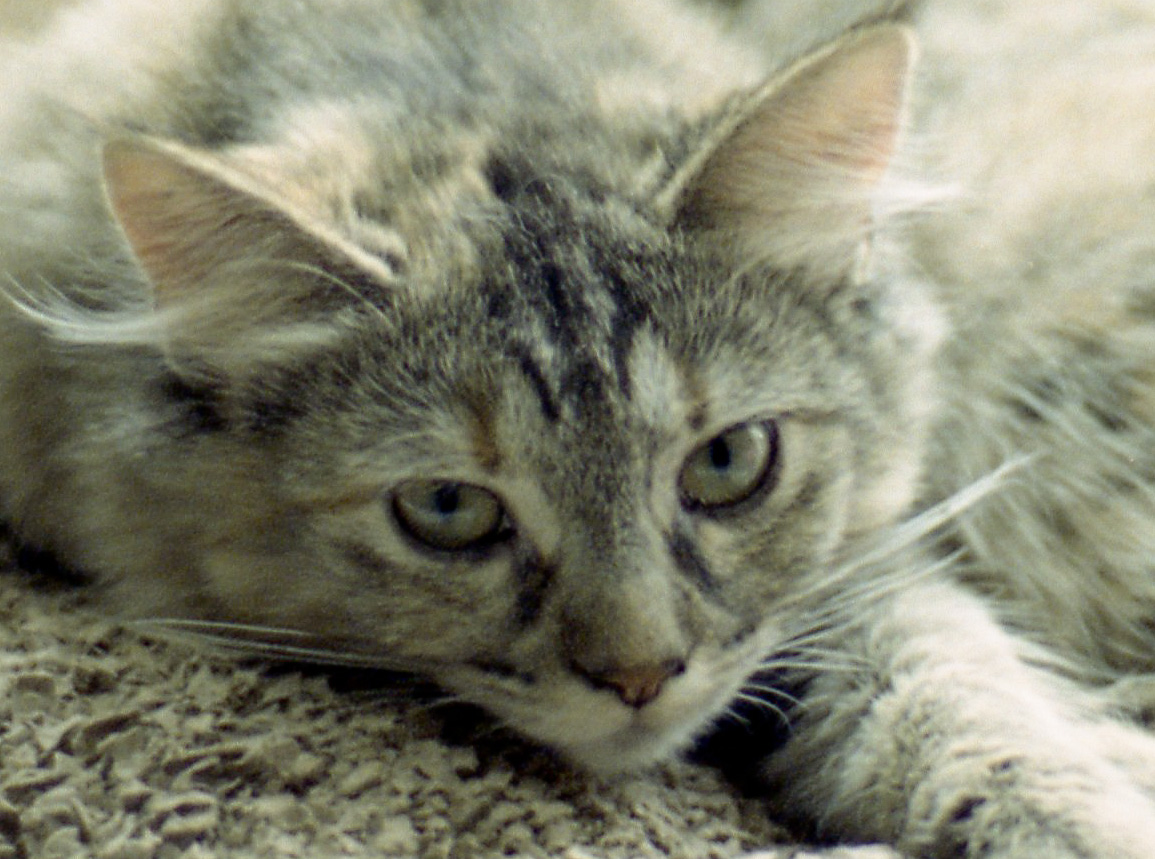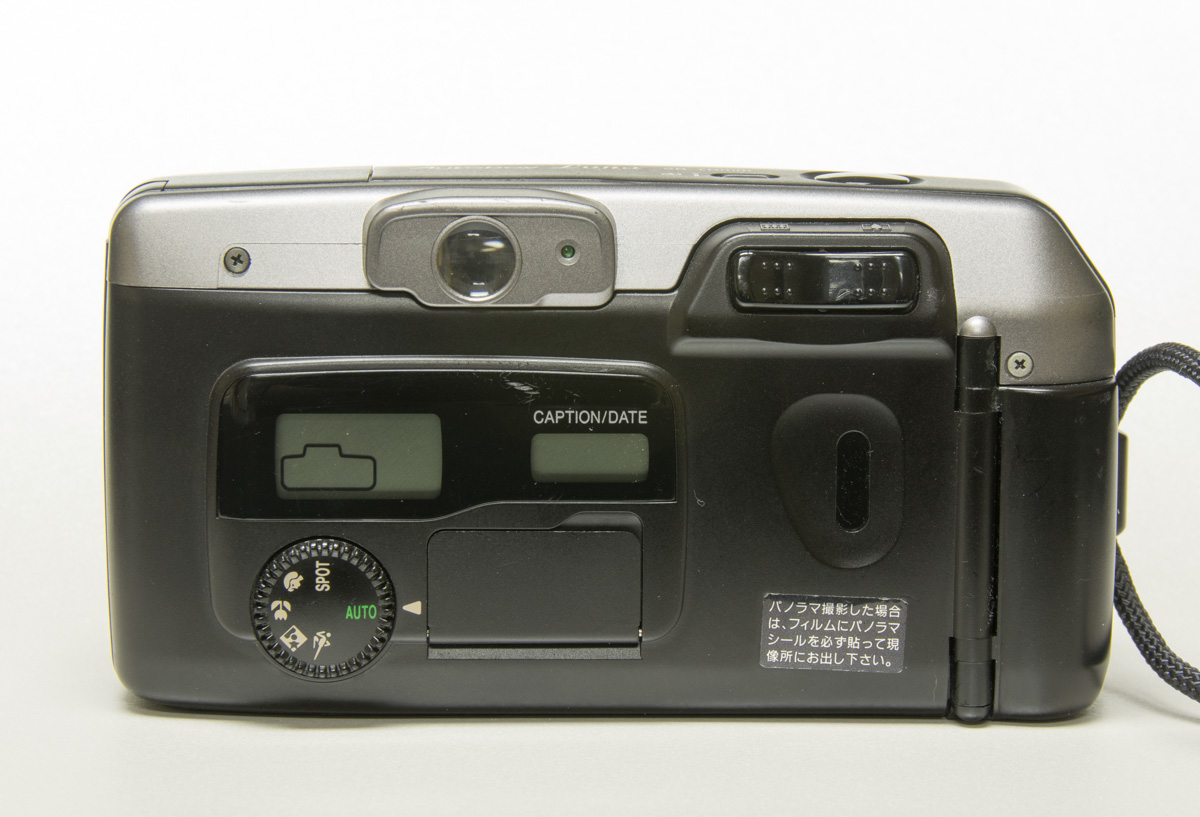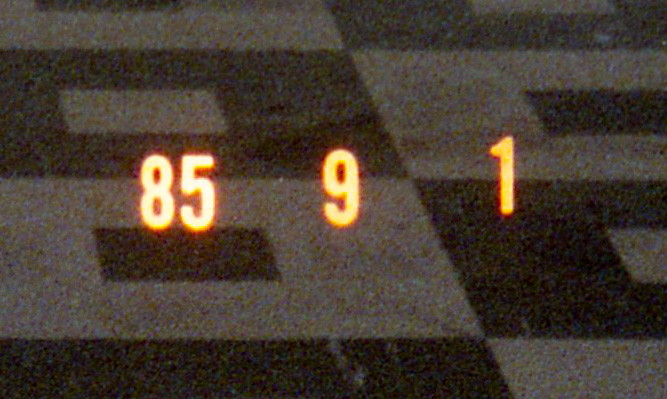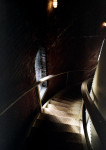Feb
25
2018

The Nikon FG might not be the professional model of Nikon from the mid 1980’s, in fact it isn’t even the top consumer model from that time that would be the FM2. It is a great little camera though and looks pretty good all the while too. It offers full program mode, aperture priority as well as metered manual exposure. When in manual mode one LED will blink showing the suggested shutter speed while a steady one will light showing the selected shutter speed. This makes it easy to see how far you are deviating from what the camera is metering. In addition it offers +-2 EV compensations in half steps as well as a backlight button. Its also much lighter and smaller than something like the Nikon F3 shedding over 200g and a pile of $. It is missing mirror lock up and depth of field preview but for general shooting, particularly when your on the move, those are unnecessary luxuries.
I used Kodak Portra 400 a film that uses Kodak’s T-Grain technology (Tabular Grain) which allows for a finer grain and greater sharpness for a given speed of film. This emulsion technology first appeared around the same time as the Nikon FG and revolutionized both colour and B&W film.

Detail from the picture of ‘Holly’
no comments | posted in Cameras, Photography
Feb
18
2018

The Autoboy Luna sports a 28-70mm f5.6-7.8 lens comprised of 8 elements in 7 groups. Like many Canon point and shoots of the time it used their 3 point ‘Smart Autofocus’ system which I’ve found to be very reliable.
It offers shutter speeds of 2 seconds to 1/590 second and a minimum aperture of f32 and a max aperture of 5.6 at 28mm which allows it to cover a range of EV4 – 20 not too shabby for a point and shoot.
Its a nice little camera and mine obviously made its way from Japan after its purchase as it has Japanese markings as well as the date function. 

This camera also goes by the name ‘Sure Shot Z70W’ however I prefer the similar but newer Canon Z90W for its greater focal length at the telephoto end and faster aperture at the wide end but this is a nice little camera from the mid 1990’s
One thing about one camera: The name Luna comes from the Moon shaped lens cover.
no comments | posted in Cameras, Photography
Feb
11
2018

I loaded my trusty Pentax MZ6 with some Cinestill 800t film which I really like the look of particularly for the way it creates halos around bright lights against dark backgrounds. You can see my discussion around why that occurs here “Niagara at night” Coupling the fast film with some equally fast lenses such as the Vivitar 28mm f2.0 Close Focus allows me to forgo a tripod even when walking around at night.
1 comment | posted in Cameras, Photography, Processing
Feb
3
2018

The Fujica Flash Date is one of those mid to late 1970’s cameras that had incorporated auto exposure but was yet to see auto focus. Later similar models did have autofocus but this one uses simple zone focusing. The 38mm f2.8 lens is quite free of distortion especially when the exposure system stops the aperture down a little, but even wide open there is only a small amount of softness in the extreme corners of the image.
There is a sliding switch on the back of the camera with Japanese writing which I can no translate but its purpose appears to be to over-ride the slow shutter speed lock out so that you can trip the shutter even when its chosen a speed that is too slow to handhold.

Setting the date is done using three dials on the top plate of the camera (Day/Month/Year) When turned on the date is also briefly made visible in the viewfinder at the time of exposure.

(40 years of accumulated ‘stuff’ from the bottom of a camera bag is not very appealing to look at, I think I will give this camera a clean)
The results are often a slightly askew glowing numerals.

Some sample images from the Fujica Flash Date using expired Fujicolor 200
no comments | posted in Cameras, Photography


























































































